The Pros & Cons of lens materials used in eyewear
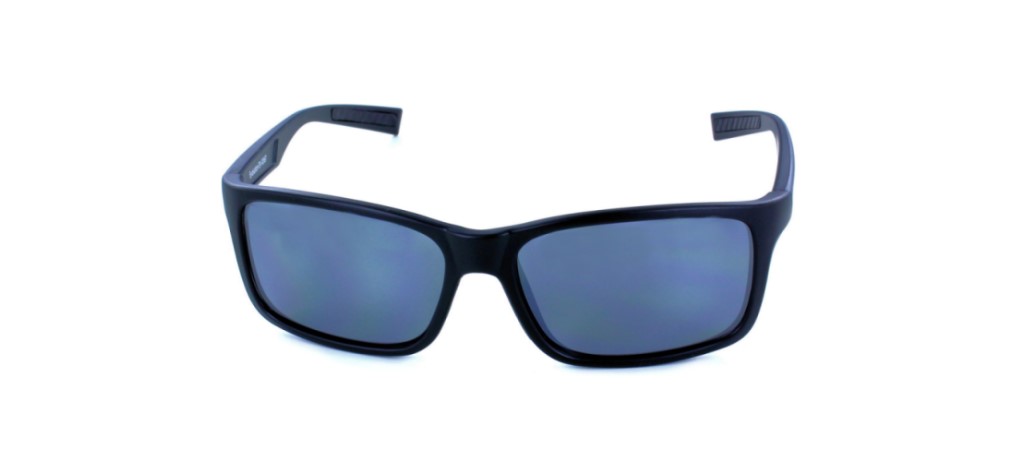
2nd September 2019
Here’s an overview of the main types of materials used to make sunglasses and eyewear lenses (including prescription spectacles) and some of their pros and cons.
Glass
Glass will always provide the best optical experience as glass refracts light much more efficiently than plastic. It’s the most scratch resistant lens material and blocks UV light. However, glass lenses are heavy (typically sliding down your nose) and can be dangerous: glass lenses are prone to cracking, can shatter with impact or if dropped on a hard surface such as concrete. There are also a limited range of colours available made from glass; for all these reasons glass is not used for sports eyewear.
Plastic
Most lenses in prescription spectacles made today use a plastic called CR-39 or a very close copy since the material is owned by a company called PPG. Half as heavy as glass, and far less likely to shatter, the optical quality is nearly as good as glass. Plastic is much lighter than glass, making it more comfortable to wear all day and plastic lenses come in many more colours and larger sizes. It is also much less expensive to use than glass. Hence, since the creation of the plastic lens, it’s become the “default” material for opticians and glass lenses are now much rarer than plastic when it comes to prescription glasses. However, it’s important to recognise that plastic can still shatter and does not provide a high level of impact protection, so it should not be used for most active or shooting sports.
Polycarbonate & Trivex
Polycarbonate and Trivex lenses offer up to 10 times more impact resistance than regular plastic lenses. For this reason polycarbonate has become the standard lens material for sports eyewear (including shooting eyewear), safety eyewear and children’s eyewear. Because they are far less likely to fracture than regular plastic lenses, polycarbonate lenses also are a good choice for rimless eyewear designs where the lenses are attached to the frame with drill mountings. Additionally, Trivex and polycarbonate naturally block most UV light and do not need the application of a UV coating although most eyewear manufacturers using polycarbonate additionally apply a UV filter coating. Historically the image transferred to your eyes with polycarbonate was poorer quality than plastic but with the advent of Class 1 Optical Grade polycarbonate the difference is now much less significant.
Polarised lenses
Polarised lenses are different to standard sunglass lenses; they have a special film which helps eliminate glare reflected off a surface like a pavement, road, water or snow. Lower priced polarised sunglasses use a multi-layer material called TAC (Triacetate) with the front layer being the polarised film. Even though it’s multi-layer, a TAC lens is very thin usually no more than 1.2mm. Higher grade TAC lenses are available (effectively increasing the thickness of the layers) and these can be 1.6mm thick. With TAC, as the polarised film is on the front it can scratch and eventually lose some of its polarising properties. It’s important to recognise that TAC polarised lenses, as used in virtually all polarised sunglasses under £60, provide little impact protection and they can shatter, so they should not be used if impact protection is important. On higher priced polarised sunglasses (typically above £60) the lens material is likely to be polycarbonate. Here the polarised film is sandwiched between two layers of polycarbonate meaning the polarised film can never wear out. Importantly, a polarised polycarbonate lens also provides impact protection.
-
 Bliz Peak – Polarised – Category 4£99.95
Bliz Peak – Polarised – Category 4£99.95 -
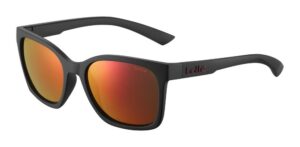 Bollé Ada – Polarised Brown Fire£69.95
Bollé Ada – Polarised Brown Fire£69.95 -
 Bollé Airdrift – Black – Sky Blue Polarised£109.95
Bollé Airdrift – Black – Sky Blue Polarised£109.95 -
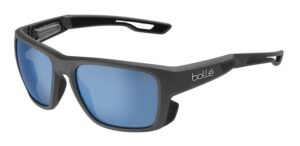 Bollé Airdrift – Black – Volt+ Offshore Polarised£139.95
Bollé Airdrift – Black – Volt+ Offshore Polarised£139.95 -
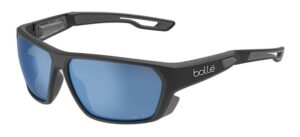 Bollé Airfin – Black – Volt+ Offshore Polarised£139.95
Bollé Airfin – Black – Volt+ Offshore Polarised£139.95 -
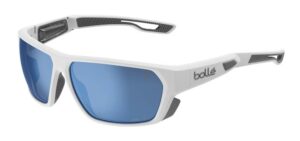 Bollé Airfin – White – Volt+ Offshore Polarised£139.95
Bollé Airfin – White – Volt+ Offshore Polarised£139.95 -
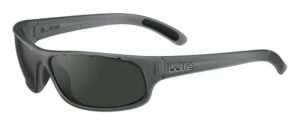 Bollé Anaconda – Polarised Axis£84.95
Bollé Anaconda – Polarised Axis£84.95 -
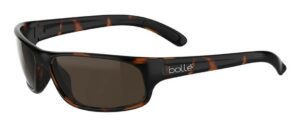 Bollé Anaconda – Polarised Brown£84.95
Bollé Anaconda – Polarised Brown£84.95 -
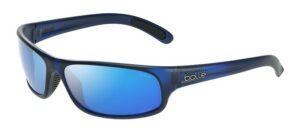 Bollé Anaconda – Volt+ Offshore Blue Polarised£109.95
Bollé Anaconda – Volt+ Offshore Blue Polarised£109.95
Continue reading
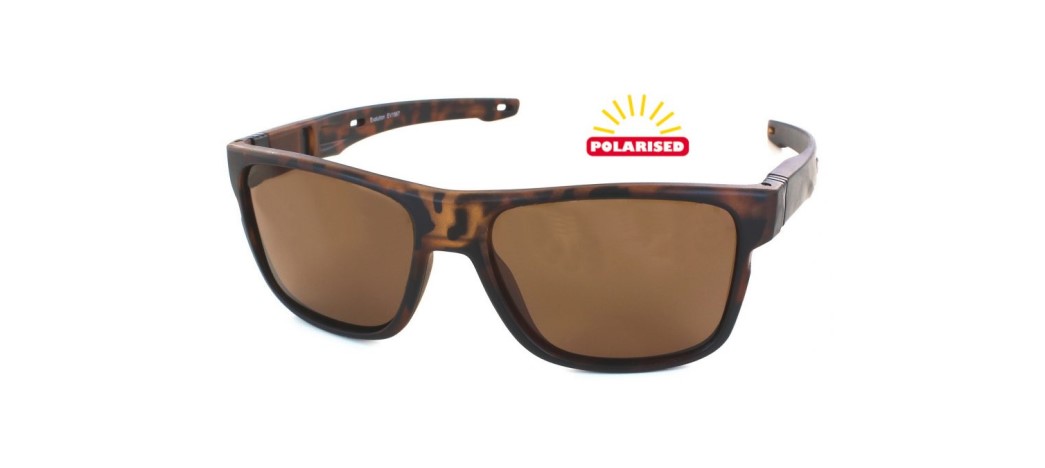
Another two terrific Evolution polarised models
Hot on the heels of the 6 new 2019 Evolution models promoted in our recent news item comes another 2! Just arrived, they are both polarised models: The classic looking Evolution Slide model now has a new colour option with...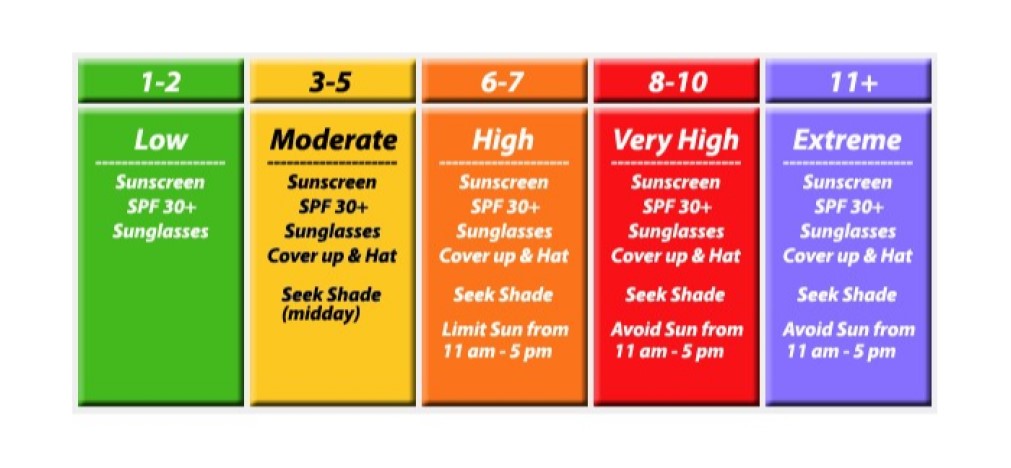
Keep an eye on the UV Index
Everyone is exposed to Ultraviolet Radiation (UV) from the sun; UV rays from the sun travel down to the surface of the earth and can cause major damage to our skin. There are two main types of UV rays: UVA...